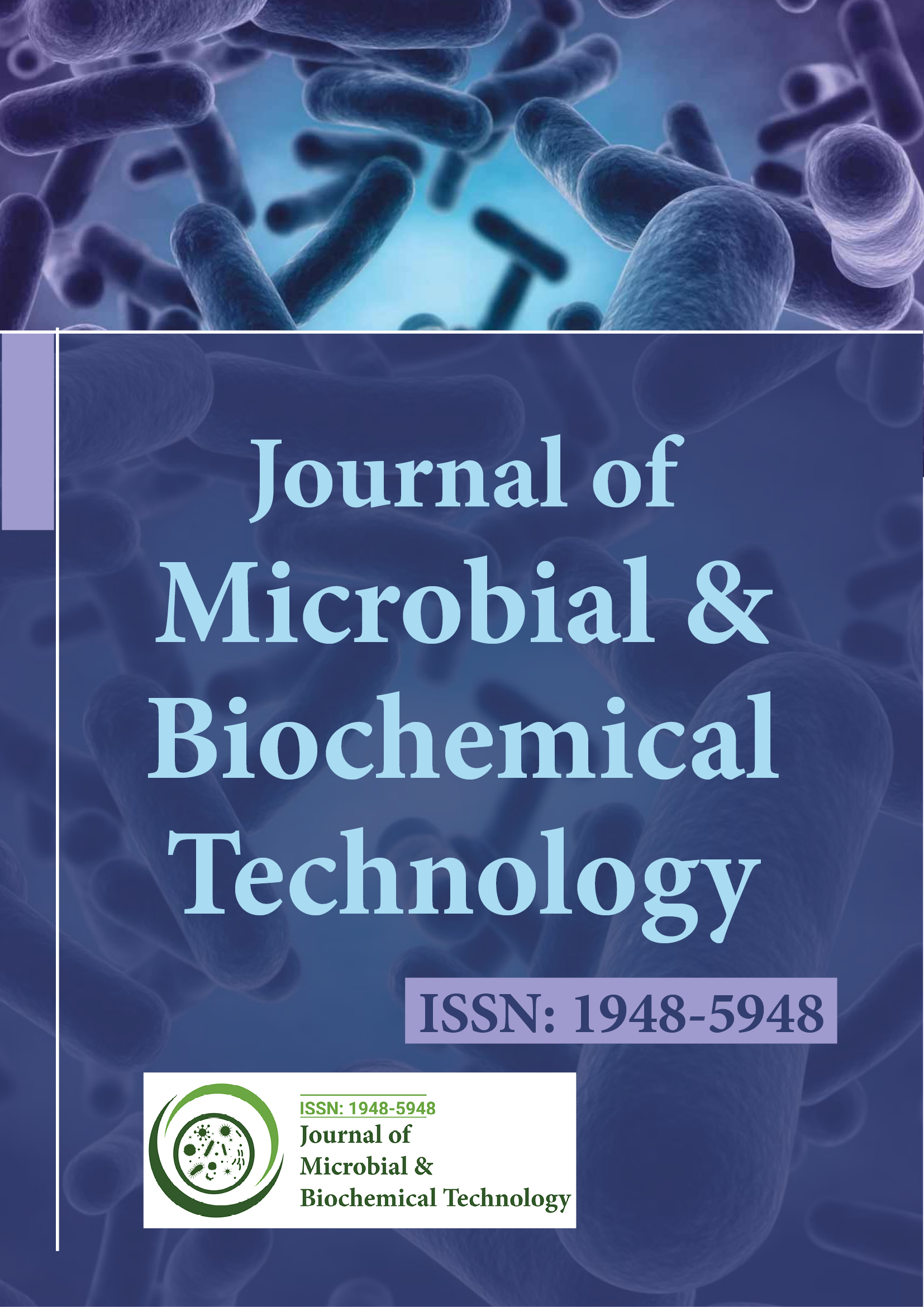ఇండెక్స్ చేయబడింది
- అకడమిక్ జర్నల్స్ డేటాబేస్
- జెనామిక్స్ జర్నల్సీక్
- అకడమిక్ కీలు
- JournalTOCలు
- చైనా నేషనల్ నాలెడ్జ్ ఇన్ఫ్రాస్ట్రక్చర్ (CNKI)
- స్కిమాగో
- వ్యవసాయంలో గ్లోబల్ ఆన్లైన్ పరిశోధనకు యాక్సెస్ (AGORA)
- ఎలక్ట్రానిక్ జర్నల్స్ లైబ్రరీ
- RefSeek
- రీసెర్చ్ జర్నల్ ఇండెక్సింగ్ డైరెక్టరీ (DRJI)
- హమ్దార్డ్ విశ్వవిద్యాలయం
- EBSCO AZ
- OCLC- వరల్డ్ క్యాట్
- SWB ఆన్లైన్ కేటలాగ్
- వర్చువల్ లైబ్రరీ ఆఫ్ బయాలజీ (విఫాబియో)
- పబ్లోన్స్
- మియార్
- యూనివర్సిటీ గ్రాంట్స్ కమిషన్
- జెనీవా ఫౌండేషన్ ఫర్ మెడికల్ ఎడ్యుకేషన్ అండ్ రీసెర్చ్
- యూరో పబ్
- గూగుల్ స్కాలర్
ఉపయోగకరమైన లింకులు
ఈ పేజీని భాగస్వామ్యం చేయండి
జర్నల్ ఫ్లైయర్

యాక్సెస్ జర్నల్స్ తెరవండి
- ఆహారం & పోషకాహారం
- ఇంజనీరింగ్
- ఇమ్యునాలజీ & మైక్రోబయాలజీ
- క్లినికల్ సైన్సెస్
- జనరల్ సైన్స్
- జెనెటిక్స్ & మాలిక్యులర్ బయాలజీ
- నర్సింగ్ & హెల్త్ కేర్
- న్యూరోసైన్స్ & సైకాలజీ
- పర్యావరణ శాస్త్రాలు
- ఫార్మాస్యూటికల్ సైన్సెస్
- బయోఇన్ఫర్మేటిక్స్ & సిస్టమ్స్ బయాలజీ
- బయోకెమిస్ట్రీ
- మెటీరియల్స్ సైన్స్
- మెడికల్ సైన్సెస్
- రసాయన శాస్త్రం
- వెటర్నరీ సైన్సెస్
- వ్యవసాయం మరియు ఆక్వాకల్చర్
- వ్యాపార నిర్వహణ
నైరూప్య
షెడోనోరస్ అరుండినేసియస్ 1-SST ద్వారా 1-కెస్టోస్ ఉత్పత్తి యొక్క మోడలింగ్ మరియు ఆప్టిమైజేషన్
డునిస్కీ మార్టినెజ్, రాబర్టో J. కాబ్రేరా, ఇవాన్ రోడ్రిగ్జ్, కార్మెన్ మెనెండెజ్, అలీనా సోబ్రినో, లాజారో హెర్నాండెజ్, ఎన్రిక్యూ R. పెరెజ్*
ఫంగల్ ఫ్రక్టోసిల్ట్రాన్స్ఫేరేసెస్ ద్వారా సుక్రోజ్ నుండి సంశ్లేషణ చేయబడిన ఇన్యులిన్-రకం ఫ్రక్టోలిగోసాకరైడ్స్ (FOS) యొక్క ప్రస్తుత వాణిజ్య మిశ్రమాలలో, 1-కెస్టోస్ నిస్టోస్ మరియు ఫ్రూటోసిల్-నిస్టోస్ కంటే మెరుగైన బైఫిడస్-స్టిమ్యులేటింగ్ ప్రభావాన్ని కలిగి ఉంది. ఈ అధ్యయనంలో, షెడోనోరస్ అరుండినేసియస్ (Sa) మొక్క నుండి ఒక రీకాంబినెంట్ సుక్రోజ్: సుక్రోజ్ 1-ఫ్రూక్టోసైల్ట్రాన్స్ఫేరేస్ (1-SST, EC 2.4.1.99) అనేది జాకెట్తో కూడిన జాకెట్లో 1-కెస్టోస్ యొక్క బ్యాచ్ ఉత్పత్తిని పెంచడానికి ఎంపిక చేయబడిన ఎంజైమ్. 1-కెస్టోస్ జలవిశ్లేషణను నిరోధించడానికి సుక్రోజ్ మార్పిడి ప్రతిచర్య మరియు తదుపరి ఎంజైమ్ నిష్క్రియం కోసం సరైన పరిస్థితులను అంచనా వేయడానికి గణిత నమూనాలు అభివృద్ధి చేయబడ్డాయి. వివిధ ఎంజైమ్ మరియు సుక్రోజ్ సాంద్రతలతో ఆప్టిమైజ్ చేయబడిన బ్యాచ్ ప్రయోగాలలో Sa1-SSTrec యొక్క ప్రోగ్రామ్ చేయబడిన వేడి నిష్క్రియం తర్వాత, 1-కెస్టోస్ ప్రతిచర్య మిశ్రమంలో మొత్తం FOS కంటెంట్లో (53%-58%, w/w) 90% కంటే ఎక్కువ ప్రాతినిధ్యం వహిస్తుంది. ఇక్కడ వివరించిన గణిత నమూనాలు స్కేల్ బ్యాచ్ ప్రతిచర్యలలో 1-కెస్టోస్ యొక్క ఖర్చుతో కూడిన ఉత్పత్తికి తగిన సాధనాలు.